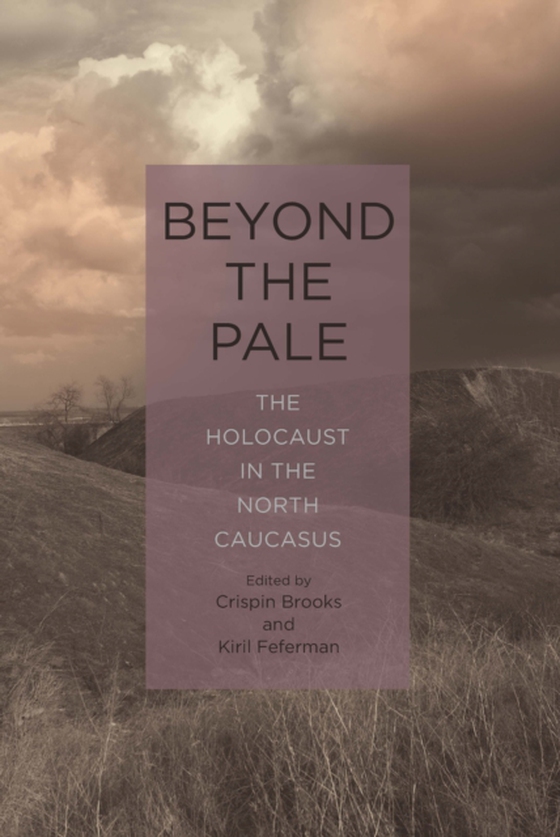
Beyond the Pale e-bog
253,01 DKK
(inkl. moms 316,26 DKK)
The first book devoted exclusively to the Holocaust in the North Caucasus, exploring mass killings, Jewish responses, collaboration, and memory in a region barely known in this contextWhen war between the Soviet Union and Germany broke out in 1941, thousands of refugees - many of whom were Jews - poured from war-stricken Ukraine, Crimea, and other parts of Russia into the North Caucasus. Hoping...
E-bog
253,01 DKK
Udgivet
1 oktober 2020
Længde
319 sider
Genrer
1DT
Sprog
English
Format
epub
Beskyttelse
LCP
ISBN
9781800100305
The first book devoted exclusively to the Holocaust in the North Caucasus, exploring mass killings, Jewish responses, collaboration, and memory in a region barely known in this contextWhen war between the Soviet Union and Germany broke out in 1941, thousands of refugees - many of whom were Jews - poured from war-stricken Ukraine, Crimea, and other parts of Russia into the North Caucasus. Hoping to find safety, they came to a region the Soviets had struggled to pacify over the preceding 20 years of their rule. The Jewish refugees were in especially unfamiliar territory, as the North Caucasus had been mostly off-limits to Jews before the Soviets arrived, and most local Jewish communities were thus small. The region was not known as a hotbed of traditional antisemitism. Nevertheless, after occupying the North Caucasus in the summer and autumn of 1942, the Germans exterminated all the Jews they found - at least 30,000 - aided by local collaborators. While scholars have focused on local collaboration during the German occupation and on the subsequent Soviet deportations of entire North Caucasian ethnic groups, the region has largely escaped the attention of Holocaust researchers. This volume, the first book-length study devoted exclusively to the Holocaust in the North Caucasus, addresses that gap. Contributors present richly documented essays on such topics as German killing operations, decision-making by Jewish refugees, local collaboration, rescue, and memory, taking care to integrate their findings into the broader contexts of Holocaust, North Caucasian, Russian, and Soviet history.
 Dansk
Dansk

